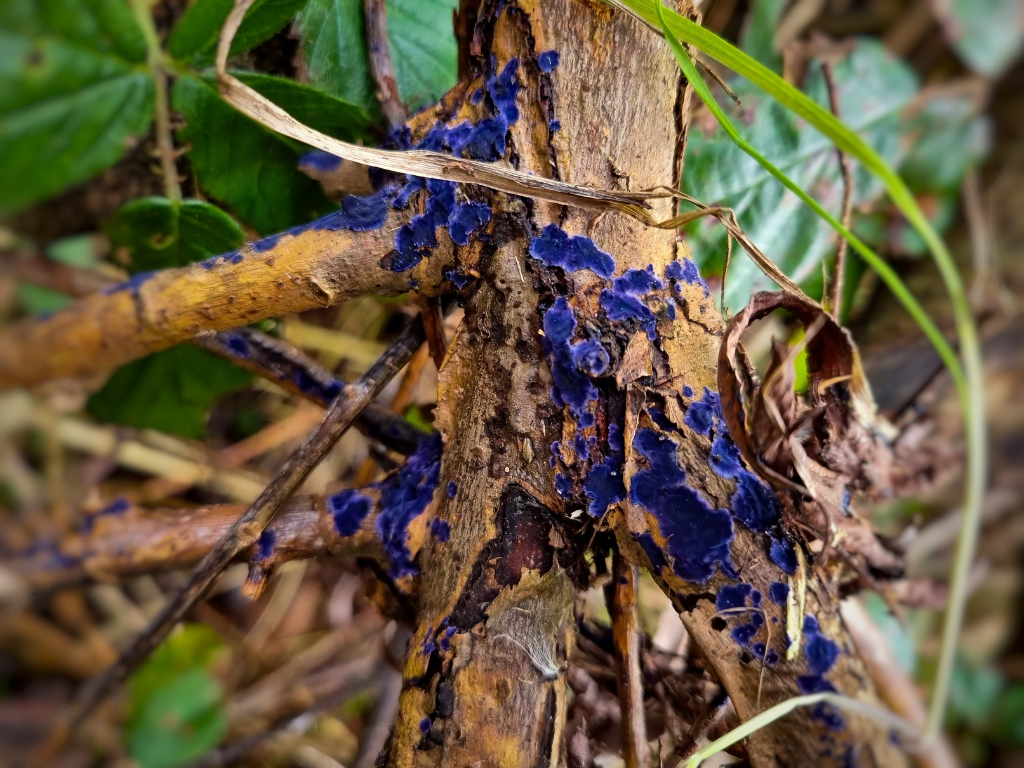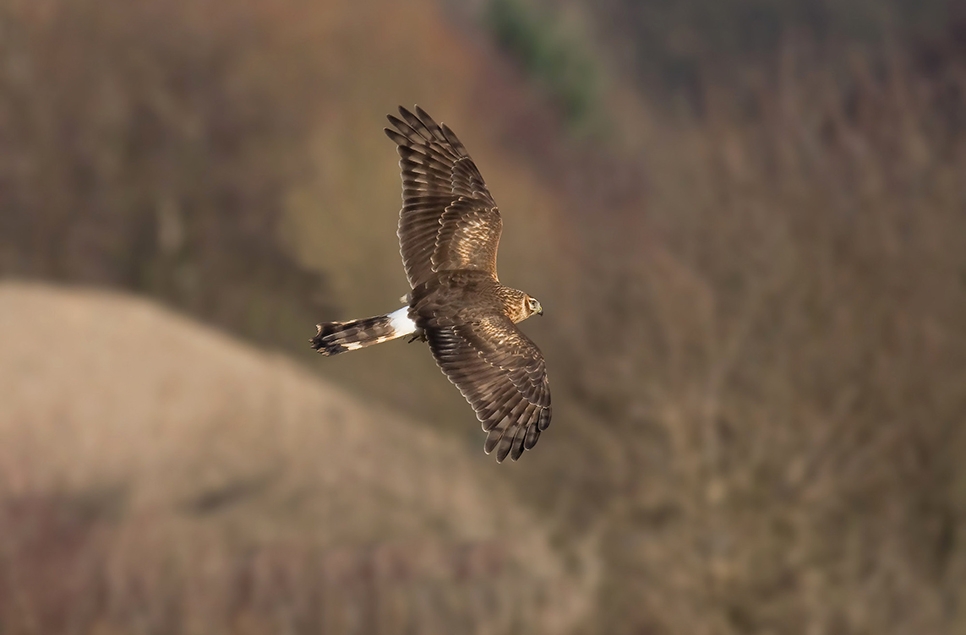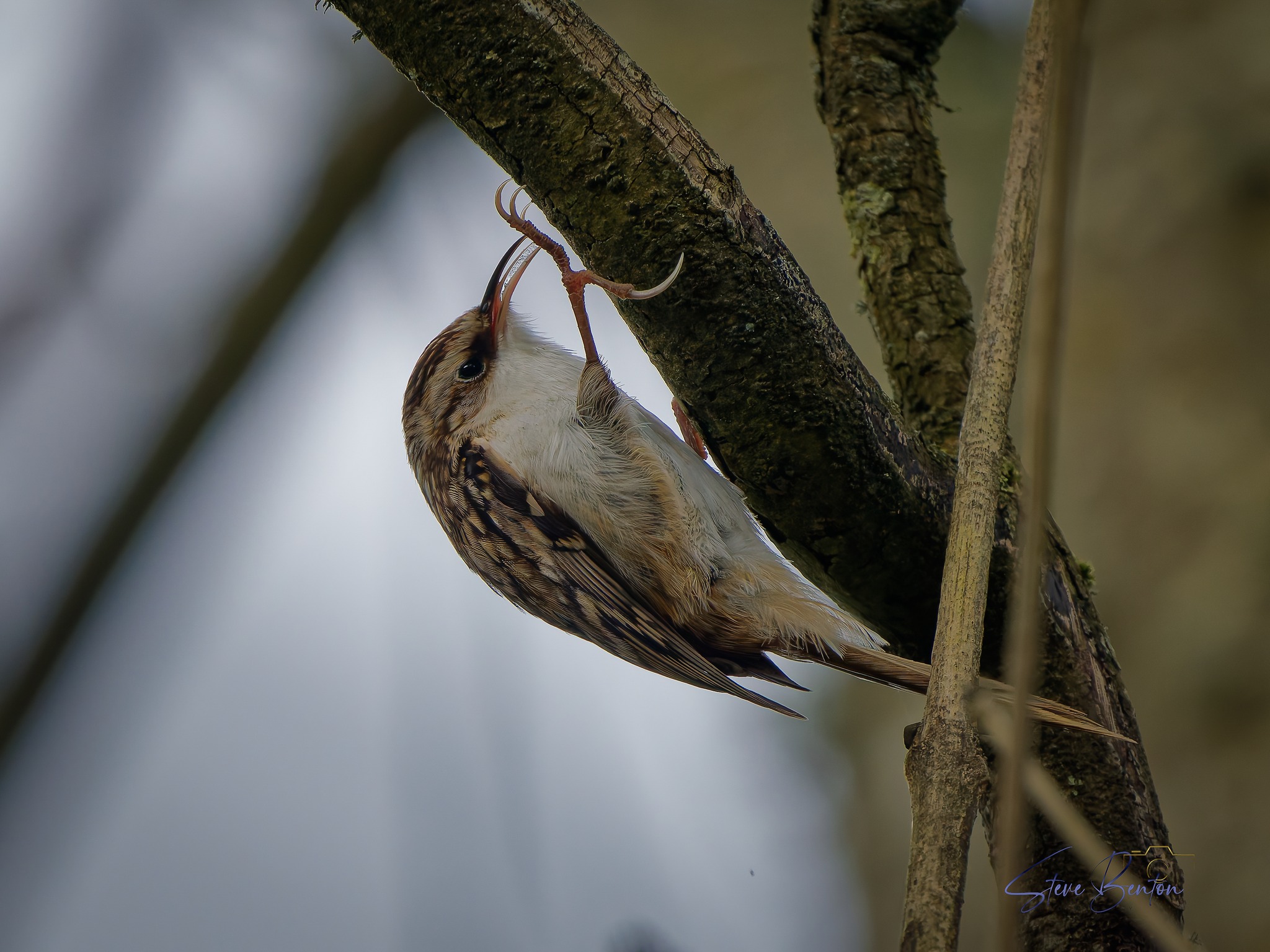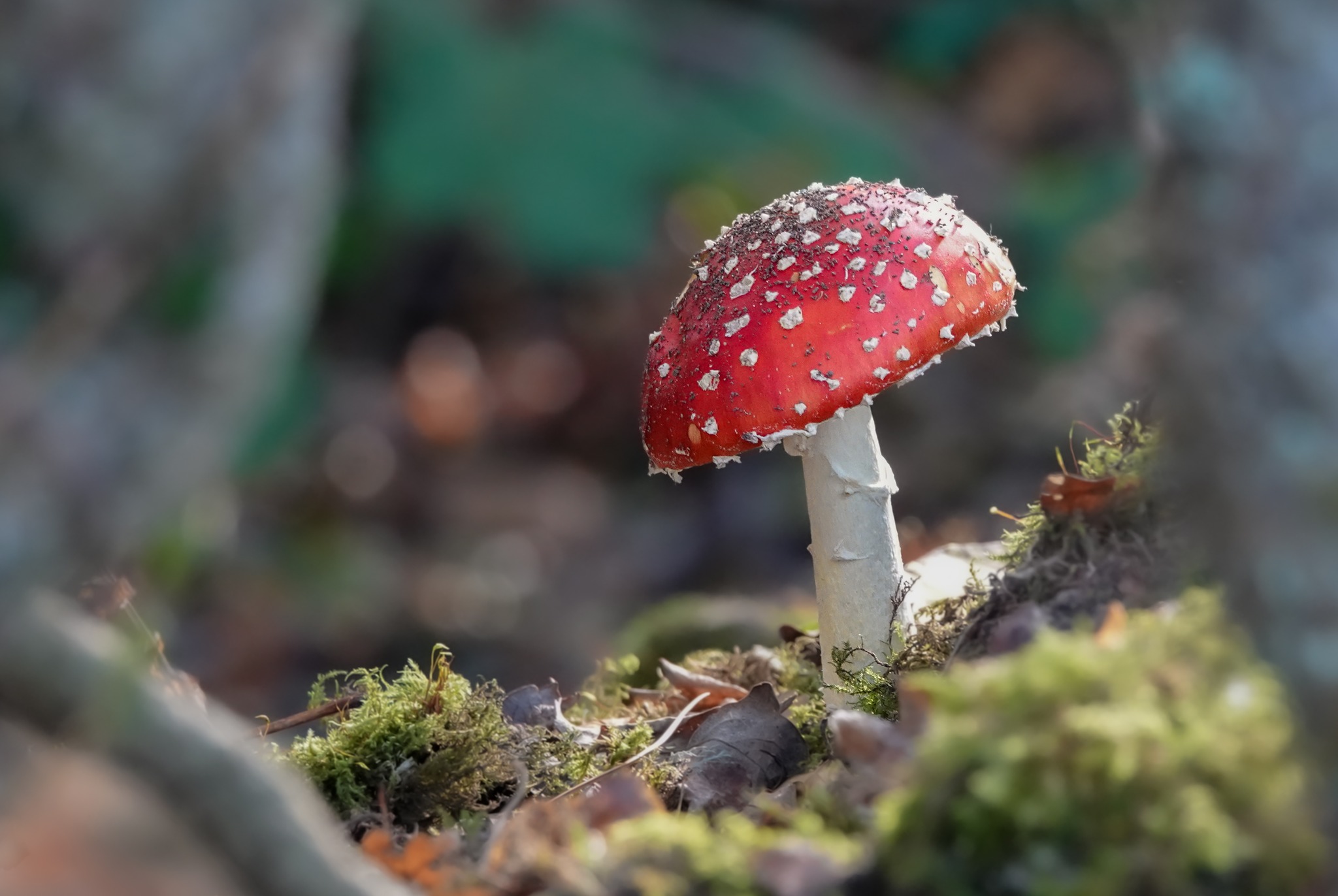Emerald Damselfly, Small Red-Eyed Damselfly, Garden Warbler, and three precious Pochard ducklings
This week’s blog has been worth the wait – we promise!
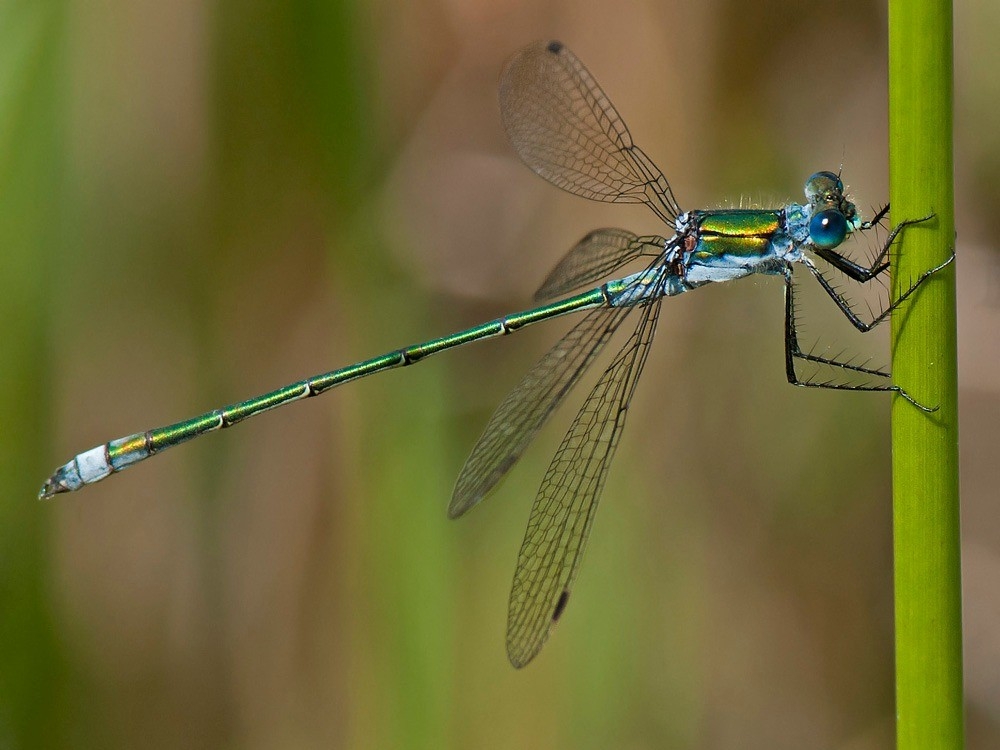
The summer holidays have finally arrived
Wildlife Sightings at WWT Llanelli from 4th July – 20th July 2025
Highlights: Emerald Damselfly, Small Red-Eyed Damselfly, Garden Warbler, Pochard
One of our most recent damselfly sightings of the summer is the Emerald Damselfly. These stunning metallic insects surely catch the eye – they are bigger than most other damselfly species and have a unique habit of holding their wings half-outstretched, unlike other species which keep their wings closed against their bodies. This has earnt their family, Lestidae, the nickname “spreadwings”. Unfortunately this species has been in decline in the UK since the 1990s, making the habitat we have here all the more valuable.
Another first sighting of the year is the Small Red-Eyed Damselfly. This species was first recorded here in 2012, after over fifty individuals were spotted from the Peter Scott Hide – the first sighting ever in Wales! And it seems that over ten years later, our wetlands are still a favourite of the Small Red-Eyed Damselfly. You can spot these damselflies easily thanks to their striking colouration – bright brick-red eyes and a blue and black body. It’s really channelling the superhero-costume look!
Despite only taking up 8.5% of Britain’s landmass, Wales is home to around 28% of the British Garden Warbler population! And this year we have had proof of them breeding on site thanks to a fledgling Garden Warbler ending up in our CES ringing net! Ringed on the 10th of July, the fledgling would have left the nest only 10 days after hatching – they grow up so fast! Alongside the Garden Warbler, we’ve also had evidence of Greenfinch breeding on site, with a juvenile frequenting the Café Pond feeders last week!
Another breeding success for this year – we have had three Pochard ducklings hatch over at the Header Pond! Last time they were spotted, all three were diligently paddling behind their mum. Pochards are a common winter visitor here but almost never stick around for nesting season – so we’re over the moon to see such adorable and rare ducklings.
The Saline Lagoon has been swarming with egrets recently, all thanks to that beautiful sunny weather drying up the water. While the Reserve staff have been trying to rectify this by pumping water from Deep Water Lake, the Little Egrets seized the opportunity to perform a full-scale Eel assault! It was a buffet, with over thirty Little Egrets fighting for a place at the table. We, personally, like our Eels not-eaten – so we were glad to see the rain return last week. LONG LIVE THE EELS! This didn’t stop a Cattle Egret arriving on Thursday, but they much prefer to eat insects – phew!
Over the past two weeks we’ve seen quite a selection of birds of prey – from Marsh Harriers and a Red Kite, to a Swallow-chasing Sparrowhawk! But most exciting are rumours of an Osprey sighting last Monday, but we haven’t seen any photographic evidence yet!
Other sightings of note include a Green Sandpiper and Great White Egret on Deep Water Lake, and a collection of fledged Black-Headed Gulls on Freshwater Lagoon.
We can't forget our beloved bugs either, and there have been swarms of them – literally! Flying Ants and Bees were teeming around the Centre last weekend; what a dramatic bunch, honestly. Flying a bit more peacefully were the White-Letter Hairstreak and Large Skipper butterflies enjoying the sunshine. Out on the Millennium Wetlands, visitors have also spotted Longhorn Beetles and a Zebra Jumping Spider towards the beginning of the month.
And finally hopping in is the Toadlet spotted on the Northern Loop last weekend. Frogs are not a common sight here – despite what most people would expect. Fun fact: all toads are frogs, but not all frogs are toads. Just like how all tortoises are turtles, but not all turtles are tortoises!
Featured Photo Credit: Wayne Davies
